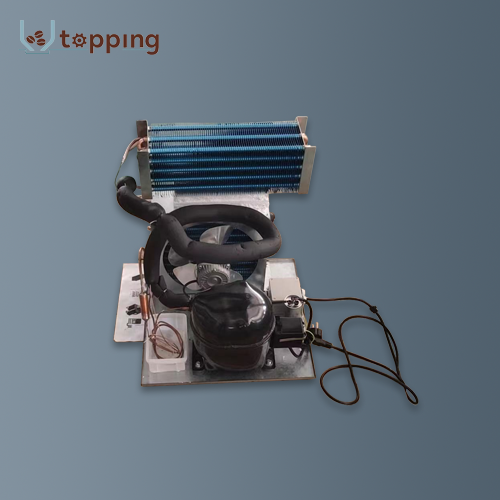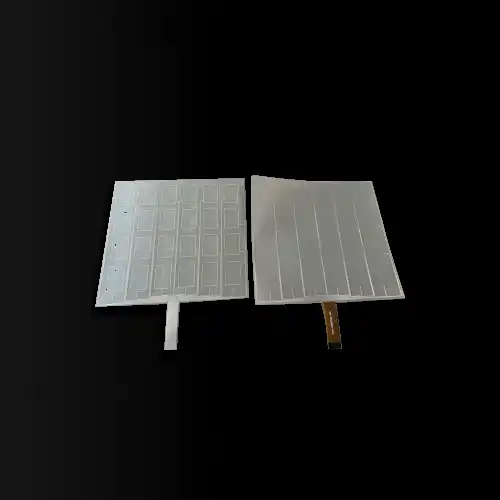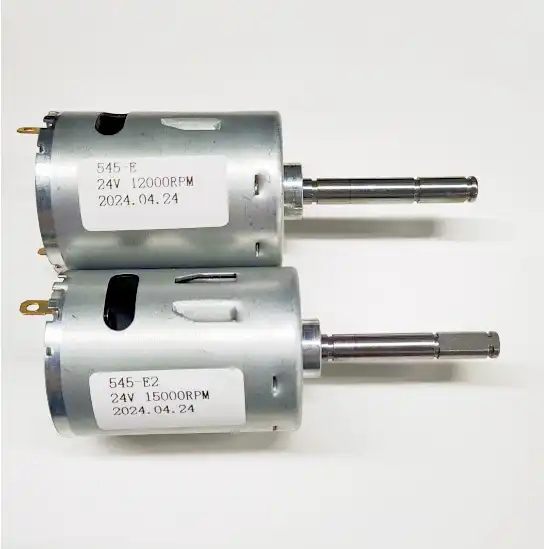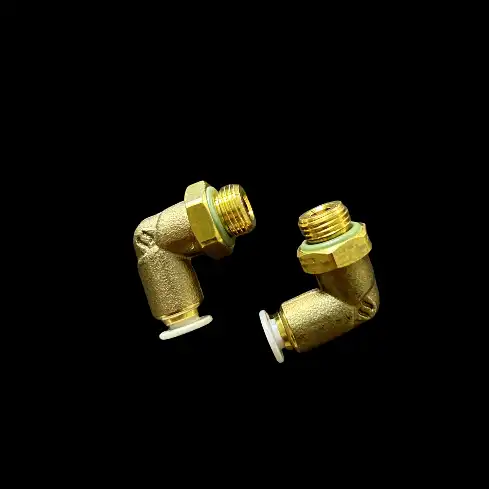Coffee Sieve Sizes
2024-08-16 17:11:18
1. Mesh Size: Varies based on application and desired outcome
Coffee sieve mesh size is a crucial factor in determining the quality and consistency of your coffee grounds. The mesh size refers to the number of openings per linear inch in the sieve, which directly impacts the size of coffee particles that can pass through. Understanding and selecting the right mesh size is essential for achieving the desired grind distribution for different brewing methods.
For espresso, a finer grind is typically required, necessitating a smaller mesh size. Common mesh sizes for espresso range from 35 to 50 (400-300 microns). This allows for the removal of ultra-fine particles that can lead to over-extraction and bitterness, while retaining the fine grounds necessary for proper espresso extraction.
Pour-over and drip coffee methods often benefit from a slightly coarser grind. Mesh sizes between 20 and 30 (850-600 microns) are popular for these brewing methods. This range helps remove fines that can clog filters and lead to over-extraction, while maintaining the medium-fine particles that contribute to a balanced extraction.
For French press and cold brew, which require coarser grinds, larger mesh sizes are appropriate. Sizes ranging from 12 to 18 (1400-1000 microns) can effectively separate out smaller particles, ensuring a cleaner cup with less sediment.
It's important to note that the ideal mesh size can vary depending on factors such as coffee origin, roast level, and personal preference. Many coffee professionals use a combination of sieves with different mesh sizes to achieve precise particle distribution. This approach, known as particle size analysis, allows for fine-tuning of the grind to optimize extraction and flavor profile.

2. Diameter: Typically ranging from 6 to 18 inches
The diameter of a coffee sieve plays a significant role in its functionality and efficiency. Coffee sieves typically range from 6 to 18 inches in diameter, with each size offering unique advantages for different applications.
Smaller diameter sieves, typically 6 to 8 inches, are popular among home users and small cafes. These compact sieves are easy to handle and store, making them ideal for small-batch sifting. They're particularly useful for pour-over or AeroPress brewing, where smaller quantities of coffee are often prepared.
Medium-sized sieves, ranging from 10 to 12 inches in diameter, strike a balance between capacity and manageability. These are commonly used in specialty coffee shops and by enthusiasts who regularly prepare larger batches. The increased surface area allows for more efficient sifting, reducing the time needed to process a given amount of coffee.
Larger sieves, 14 to 18 inches in diameter, are primarily used in commercial settings or by roasters who need to process substantial quantities of coffee. These sieves offer the highest capacity and efficiency, allowing for rapid sifting of large batches. However, their size can make them more challenging to handle and clean.
When choosing a sieve diameter, consider factors such as the volume of coffee you typically process, available storage space, and ease of use. It's also worth noting that larger diameter sieves often provide more consistent results due to the increased surface area, which allows for a more even distribution of coffee particles during sifting.
3. Number of Layers: Single or multiple layers
Coffee sieves can be categorized into single-layer and multi-layer designs, each offering distinct advantages for different sifting needs.
Single-layer sieves are the most common and straightforward option. They consist of a single mesh screen that removes particles smaller than a specific size. These sieves are ideal for basic sifting tasks and are often sufficient for home users or small cafes. Single-layer sieves are easy to clean and maintain, making them a practical choice for daily use.
Multi-layer sieves, also known as stacked sieves or sieve sets, incorporate two or more mesh screens with different sizes. These layers are typically arranged in descending order of mesh size, allowing for the separation of coffee particles into multiple size categories. Common configurations include two-layer and three-layer sieves, though more complex setups exist for specialized applications.
The advantages of multi-layer sieves include:
1. Precision: By separating particles into distinct size ranges, multi-layer sieves allow for more precise control over grind distribution.
2. Efficiency: Multiple layers enable simultaneous separation of different particle sizes, streamlining the sifting process.
3. Versatility: Users can adjust their grind distribution by selectively using different layers, adapting to various brewing methods or coffee types.
4. Analysis: Multi-layer sieves facilitate particle size analysis, helping users optimize their grinding process and understand the performance of their grinders.
While multi-layer sieves offer enhanced capabilities, they are typically more expensive and require more maintenance than single-layer options. The choice between single and multi-layer sieves often depends on the user's specific needs, budget, and level of coffee expertise.
4. Weight: Varies depending on size and material
The weight of a coffee sieve is an important consideration, as it affects both portability and ease of use. The weight of a sieve can vary significantly based on its size and the materials used in its construction.
Smaller sieves, typically 6 to 8 inches in diameter, can weigh as little as 200 to 400 grams (7 to 14 ounces). These lightweight options are easy to handle and ideal for manual sifting techniques. They're particularly popular among home users and baristas who value portability.
Medium-sized sieves, ranging from 10 to 12 inches, usually weigh between 400 to 800 grams (14 to 28 ounces). This weight range offers a good balance between stability during use and manageable handling.
Larger commercial sieves, 14 to 18 inches in diameter, can weigh anywhere from 800 grams to 2 kilograms (28 ounces to 4.4 pounds) or more. While heavier, these sieves offer increased stability during use, which can be beneficial when processing larger quantities of coffee.
The material of the sieve frame and mesh significantly impacts its weight. Stainless steel, the most common material for high-quality coffee sieves, offers durability and resistance to corrosion but tends to be heavier than alternatives. Aluminum frames can reduce weight but may be less durable. Some manufacturers use lightweight alloys or high-grade plastics for certain components to optimize the balance between weight and performance.
When considering sieve weight, it's important to balance the need for portability with stability during use. Heavier sieves can be more stable during vigorous sifting, while lighter options may require more careful handling but offer greater maneuverability.
5. Coffee Sieves Wholesale
For businesses looking to purchase coffee sieves in bulk, exploring wholesale options can offer significant cost savings and ensure a consistent supply of quality equipment. When considering wholesale coffee sieve suppliers, it's crucial to evaluate factors such as product quality, range of available sizes and specifications, pricing, and customer support.
Topping Motor is a manufacturer that offers coffee sieves among its range of products. A notable feature of their offerings is that all O-rings used in their products are made of food-grade silicone material. This attention to detail is crucial in the coffee industry, where maintaining the purity and safety of the product is paramount.
Food-grade silicone is an ideal material for components that come into contact with coffee, as it is inert, doesn't impart flavors or odors, and can withstand the temperatures typically encountered in coffee processing. The use of food-grade materials also ensures compliance with food safety regulations, which is essential for businesses in the coffee industry.
When considering a wholesale supplier for coffee sieves, it's important to inquire about the full range of specifications available. This includes mesh sizes, sieve diameters, materials used for both the frame and mesh, and any customization options. A reputable supplier should be able to provide detailed information about their products and assist in selecting the most appropriate sieves for your specific needs.
For businesses interested in exploring Topping Motor's coffee sieve options, they welcome inquiries at sales@huan-tai.org. When contacting a potential supplier, be prepared to discuss your specific requirements, including the volume of sieves needed, desired specifications, and any particular challenges or needs your business faces in coffee processing.
In conclusion, coffee sieve sizes play a crucial role in achieving consistent and high-quality coffee grounds. By understanding the various aspects of sieve design, including mesh size, diameter, number of layers, and weight, coffee professionals can make informed decisions to optimize their coffee processing. Whether you're a small café owner or a large-scale coffee roaster, selecting the right coffee sieves is an important step in ensuring the quality and consistency of your coffee products.
References
1. Rao, S. (2017). The Professional Barista's Handbook: An Expert Guide to Preparing Espresso, Coffee, and Tea. Scott Rao.
2. Hoffmann, J. (2018). The World Atlas of Coffee: From Beans to Brewing - Coffees Explored, Explained and Enjoyed. Mitchell Beazley.
3. Specialty Coffee Association. (2023). Coffee Standards. Retrieved from [SCA website URL]
4. Illy, A., & Viani, R. (2005). Espresso Coffee: The Science of Quality. Academic Press.
5. Petracco, M. (2005). Our Everyday Cup of Coffee: The Chemistry behind Its Magic. Journal of Chemical Education, 82(8), 1161.
6. Corrochano, B. R., Melrose, J. R., Bentley, A. C., Fryer, P. J., & Bakalis, S. (2015). A new methodology to estimate the steady-state permeability of roast and ground coffee in packed beds. Journal of Food Engineering, 150, 106-116.
Send Inquiry
Related Industry Knowledge
- How to choose the right operating system for Control Board For Vending Machine?
- What are the precautions for maintenance Control Board For Vending Machine under extreme temperatures?
- What Kind of Motor in Coffee Grinder?
- How much of a difference does a coffee grinder make?
- Touch screen for vending machine
- What is a coffee brewing Unit Dimension ?
- How does a coffee brewing Unit work?
- Coffee machine pump not working
- How do you ensure the stability and durability of the vending machine board?
- Can Coffee Beans Be Stored in a Grinder Hopper?


.webp)

.webp)





